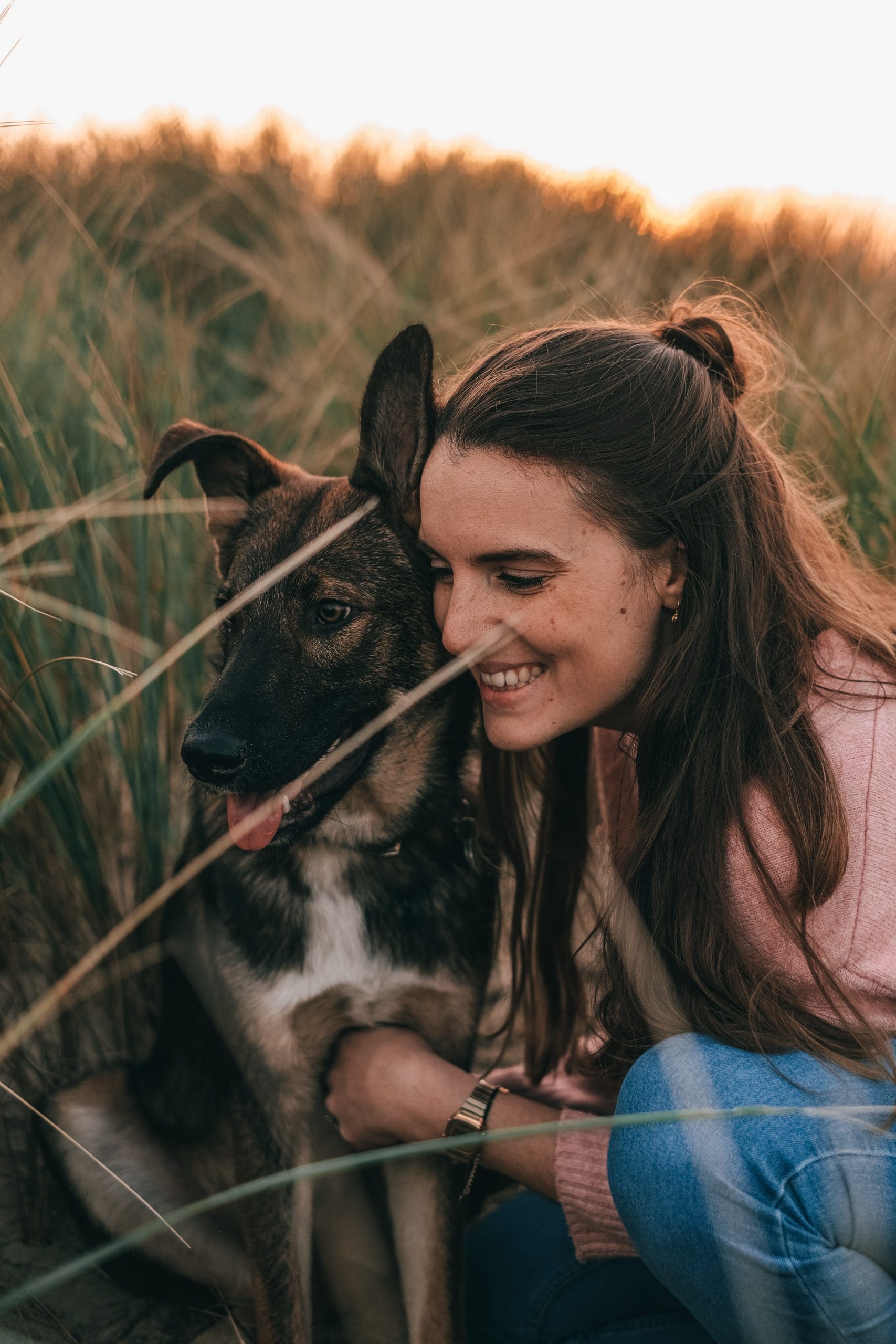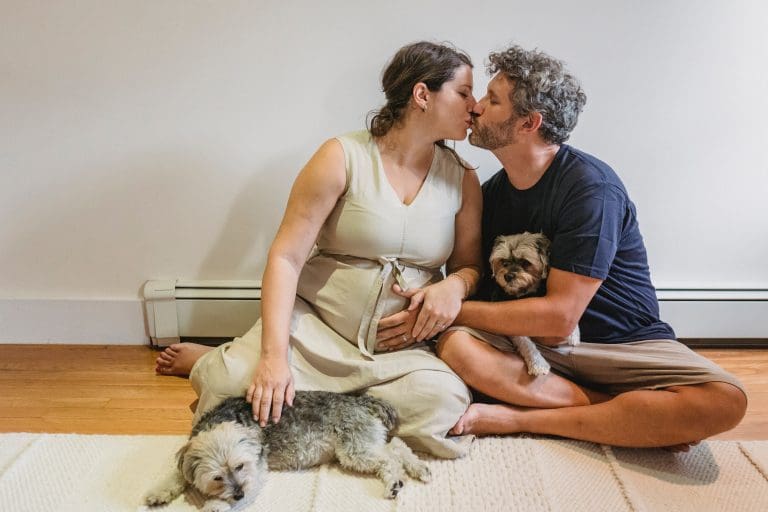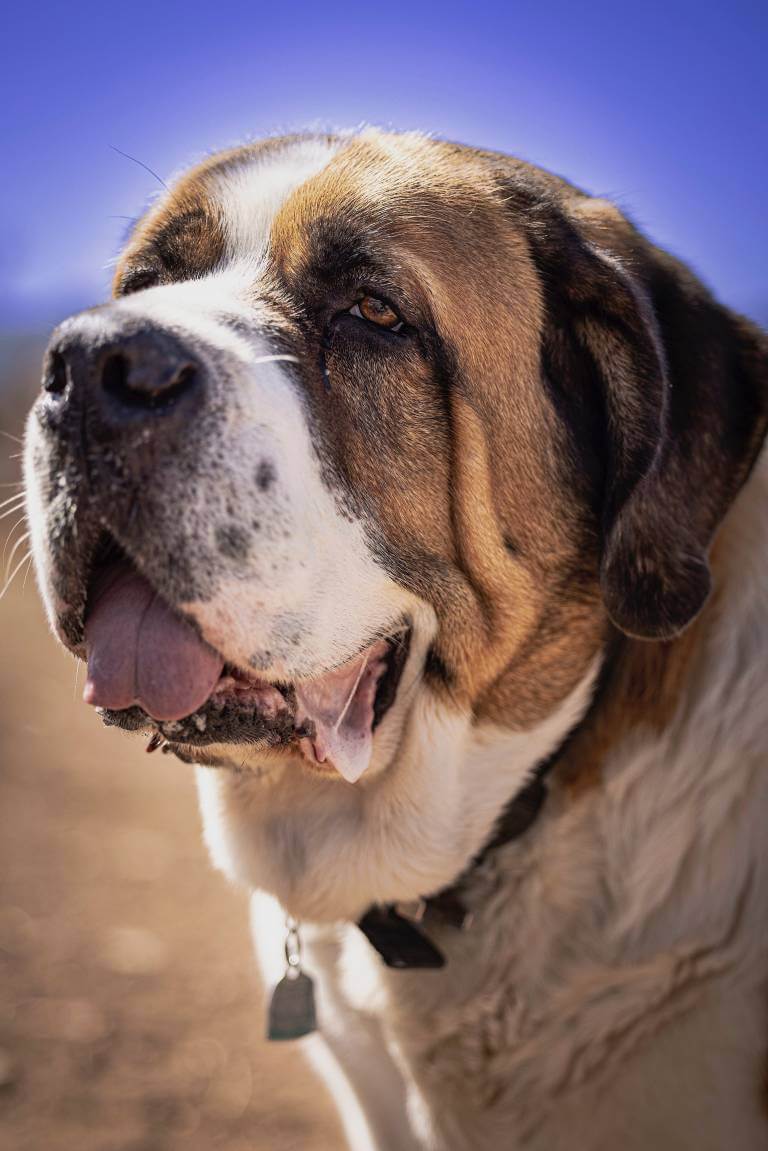How To Help A Dog Die Naturally?
Post Date:
December 10, 2024
(Date Last Modified: December 10, 2024)
Facing the reality of a beloved dog approaching the end of its life is one of the hardest experiences pet owners endure. The bond shared with pets runs deep, and the thought of losing them brings about feelings of sadness and helplessness. Ensuring that a dog’s final moments are filled with comfort and peace requires sensitivity, compassion, and an understanding of their needs in those last days.
Recognizing Signs of Discomfort
As dogs age or suffer from terminal illnesses, they may exhibit signs of discomfort or distress. It is essential to recognize these signs and assess their quality of life. Supporting a dog through this process means providing a peaceful environment, allowing them to feel secure, and ensuring their physical and emotional needs are met.
Creating a Comfortable Space
A comfortable space can significantly impact a dog’s well-being. This area should be quiet and familiar, free from loud noises or distractions. Placing their favorite bed, blanket, or toy in their designated area can bring a sense of security. Familiar smells and surroundings can soothe a dog, helping them feel more at ease during their final days.
Monitoring Health and Behavior
Monitoring a dog’s health is crucial as they approach the end of their life. Pay close attention to their eating and drinking habits, mobility, and overall behavior. Some dogs may lose interest in food or water, while others may have difficulty moving or may seem lethargic. Noticing significant changes warrants a consultation with a veterinarian, who can assess the dog’s condition and recommend ways to manage their comfort.
Managing Pain
Pain management plays a vital role in helping a dog die naturally. Many dogs experience pain as they age or when suffering from illness. Understanding a dog’s pain level can be challenging, but certain signs—whining, panting, reluctance to move, or changes in behavior—can indicate discomfort. A veterinarian can suggest appropriate pain relief options, whether through medication or alternative therapies like acupuncture or massage.
Providing Emotional Support
Emotional support is equally important as physical comfort. Spend quality time with your dog, offering gentle affection and reassurance. Your presence can provide a sense of calm and security. Some dogs may seek more attention during this time, while others may prefer solitude. Paying attention to their cues and respecting their needs can be immensely comforting.
Honoring Their Life
Reflecting on a dog’s life and the joy they have brought can be a meaningful part of this process. Creating a memory book or scrapbook can be therapeutic, capturing photos, anecdotes, and milestones that embody the essence of your time together. This act can also serve as a way to express feelings, allowing the cherished moments to shine through during a challenging time.
Respecting Their Preferences
When considering how to help a dog die naturally, think about their preferences. Some dogs may enjoy spending time outdoors, while others may find comfort indoors. Creating a cozy spot for them to relax in their preferred environment can provide a sense of control during this difficult period.
Open Communication with the Veterinarian
Open communication with a veterinarian is essential. They can explain what to expect as your dog approaches the end of life, helping you understand the signs indicating that the time is near. This dialogue ensures that you feel supported and informed as you navigate this emotional journey.
Preparing for the Final Moments
Contemplating the day of your dog’s passing can lead to complex emotions. Some owners choose to be present during euthanasia, while others may feel more comfortable saying goodbye at home. Understanding the options helps prepare emotionally for this difficult decision. If opting for a home passing, discussing this with the veterinarian can provide guidance on creating a peaceful environment for those final moments.
Navigating Grief
The decision to help a dog die naturally often brings about a whirlwind of emotions. Sadness, guilt, and even relief can emerge. Allowing oneself to grieve and process these feelings is crucial. Seeking support from friends, family, or pet loss support groups can provide comfort and validation during this time.
Honoring Their Memory
After your dog has passed, taking time to mourn is essential. Grieving is a natural process without a strict timeline. Creating a space to remember your dog—whether through a small memorial at home or a special spot in your garden—can honor their memory and provide a sense of closure.
Supporting Other Pets
Reflecting on how to support other pets during this time is equally important. Animals can sense when something is wrong, and they may show signs of stress or confusion after losing a companion. Providing extra attention and love to other pets can help them adjust to the change, as they too may need support to navigate their feelings.
Embracing the Emotional Journey
Understanding how to help a dog die naturally involves embracing the emotional journey that comes with it. Each pet owner’s experience is unique, and there is no right or wrong way to approach this difficult time. The love shared with a dog continues to be a part of life, and honoring that bond helps ease the pain of their passing.
Celebrating Their Life
In the days and weeks following a dog’s death, finding ways to celebrate their life can be healing. Volunteering at a local animal shelter or donating to an animal charity in their name can channel grief into something positive. Every dog is unique, and their needs during the end of life may vary. Trust your instincts as a pet owner and advocate for what you believe is best for your dog. Seeking support from a veterinarian, friends, or support groups can provide comfort as you navigate these challenging decisions.
Helping a dog die naturally is a profound act of love, a testament to the bond shared and the care provided throughout their life. While the journey may be filled with sadness, it also offers moments of connection and peace. Embracing this time with compassion and understanding honors your dog in the way they deserve.






